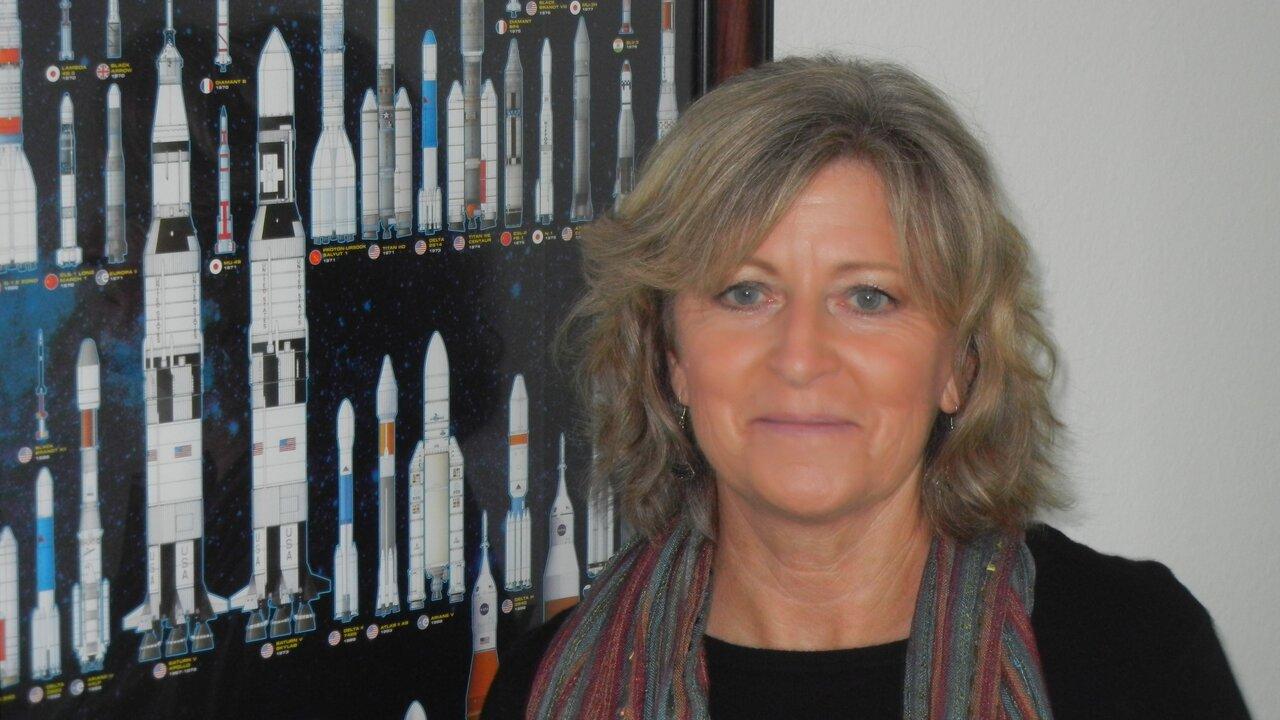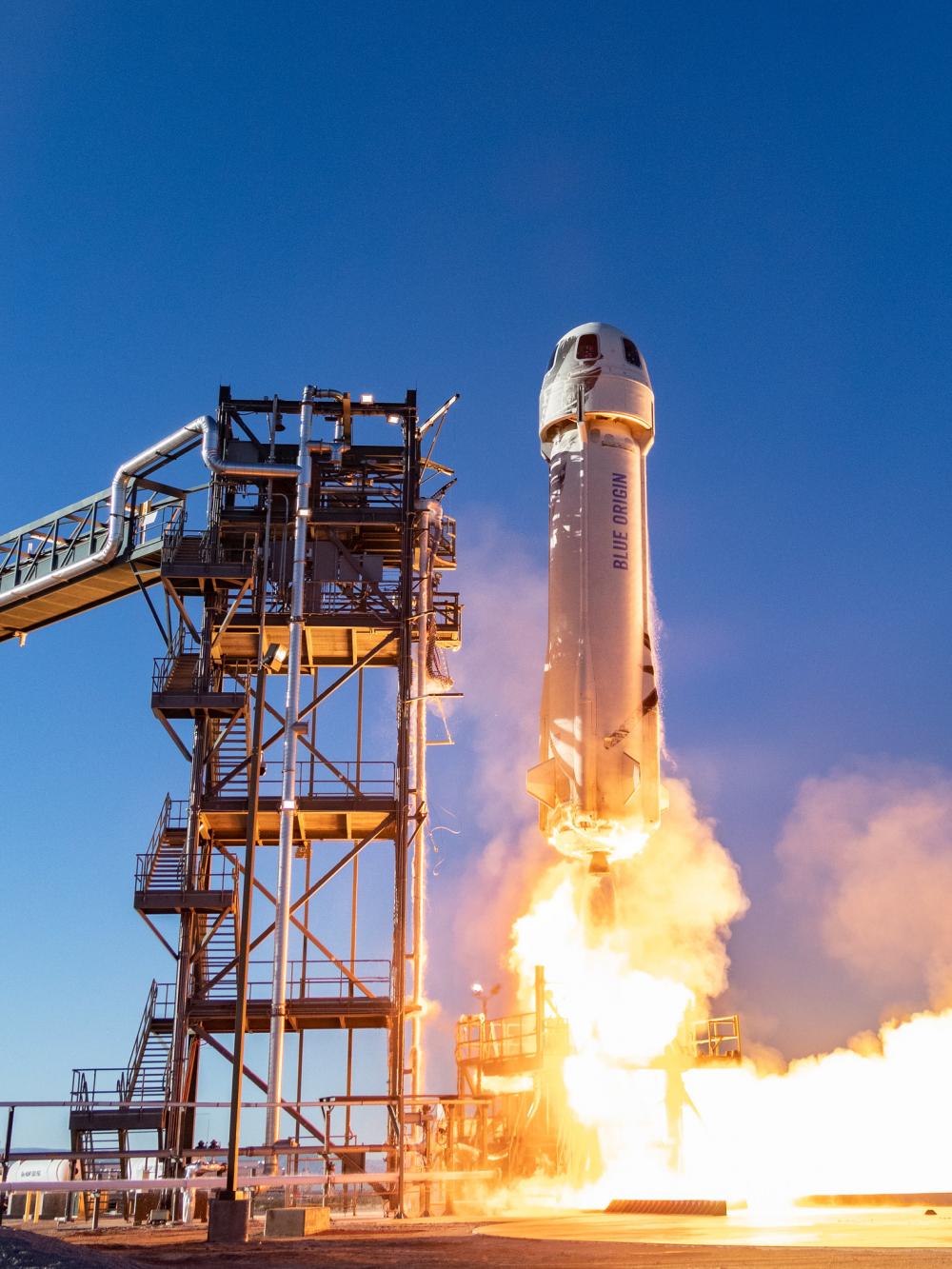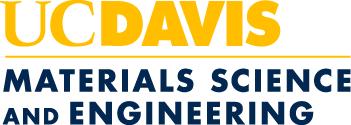
Alumni Spotlight: Valerie Gibson ’86, ‘00
Valerie Gibson ’86, ‘00 has forged a successful career in the aerospace industry through her passion and experience with materials science and engineering she acquired at UC Davis.
Gibson is a principal propulsion engineer in the engine group at Blue Origin, a private aerospace manufacturing company founded by Amazon founder Jeff Bezos. The company is a leader in the private spaceflight industry and made headlines in summer 2021 with its first crewed suborbital flight.
The engines need to be powerful enough to escape gravity, strong enough to withstand extreme pressure in the atmosphere and light enough to efficiently propel the rocket. Gibson works with her fellow materials engineers and the engine’s design teams to find the right materials and processing techniques for the job.
“We’re helping the designer select the right materials, understand the behavior of those materials and how best to process them to get the properties that we’re interested in,” she said.
Her job always involves working with others to solve problems with materials. Some days, that means meeting with designers, evaluating suppliers’ processes or spending time searching for material properties on the computer. Her favorite days involve hands-on hardware failure analysis on the manufacturing floor and throwing around ideas with her coworkers.
“Materials is a team sport,” she said. “One thing that’s really fun about failure analysis is it’s very much a team effort. In materials engineering, there are a lot of basic principles that you can apply, but there are also a lot of things that you wouldn’t know to apply until you’ve seen them, so people’s different experiences bring a lot to the table and make a team so much stronger.”
Following an Inspiration
Gibson cites UC Davis materials science and engineering (MSE) professor emeritus Amiya Mukherjee as the one who inspired her lifelong interest in materials.
“Professor Mukherjee was so passionate about materials,” she said. “He made them exciting and understanding their behaviors exciting, and he made me think that materials [engineering] was a cool thing to do.”
This stayed with her as she received her B.S. in mechanical and materials science and engineering and started her career at an orthopedic implant company. Though she liked the biomedical field, she wanted to work more with materials, so she joined Aerojet, a rocket and missile propulsion manufacturing company.
“I just really liked the materials area,” she said. “And getting my hands on the hardware is always so rewarding to me. It’s one of the great parts about product development.”
After a few years, Gibson returned to UC Davis to pursue her Ph.D. in biomedical engineering (BME). She worked with BME professor emeritus Bruce Martin on a project led by MSE professor Jeffery Gibeling that studied how fatigue developed in the cannon bones of racehorses. She honed her skills in mechanics, biomedical engineering and materials science on the project while receiving mentorship from both Martin and Gibeling.
Gibeling taught her how to use her “engineering judgement” to thinking critically about a problem and the assumptions and judgments she could make. Martin taught her not only how to conduct experiments and evaluate data, but also how to do her homework so she could confidently make decisions and thoroughly explain her methods to a critical audience—something she has to do every day at Blue Origin.
“Learning how to do research taught me how important it is to make data-driven decisions,” she said. “I can sleep at night because I tell you what my assumptions are and where I got my data.”
Materials for a Bright Future

While completing her Ph.D., Gibson returned to Aerojet, where she spent over 20 years before joining Blue Origin in January 2021. Though the rocket that was launched this summer was already mostly built by that time, she works with many of the engineers who designed it and she says the excitement in the air is palpable.
She says her team is already working on new, larger and more advanced engines that will be used to launch satellites and a human landing system to help NASA send people back to the moon. Doing all of that means finding and leveraging the right materials to create a bright future for the company.
“We’re always looking to push materials farther and farther, because in the end, it’s your materials that are going to determine your ability to go higher temperature, higher performance or higher strength,” she said. “The most rewarding part is seeing something go from a conception on a PowerPoint chart to smoke and fire on the test stand and then eventually to launching a rocket or controlling that rocket in space.”
